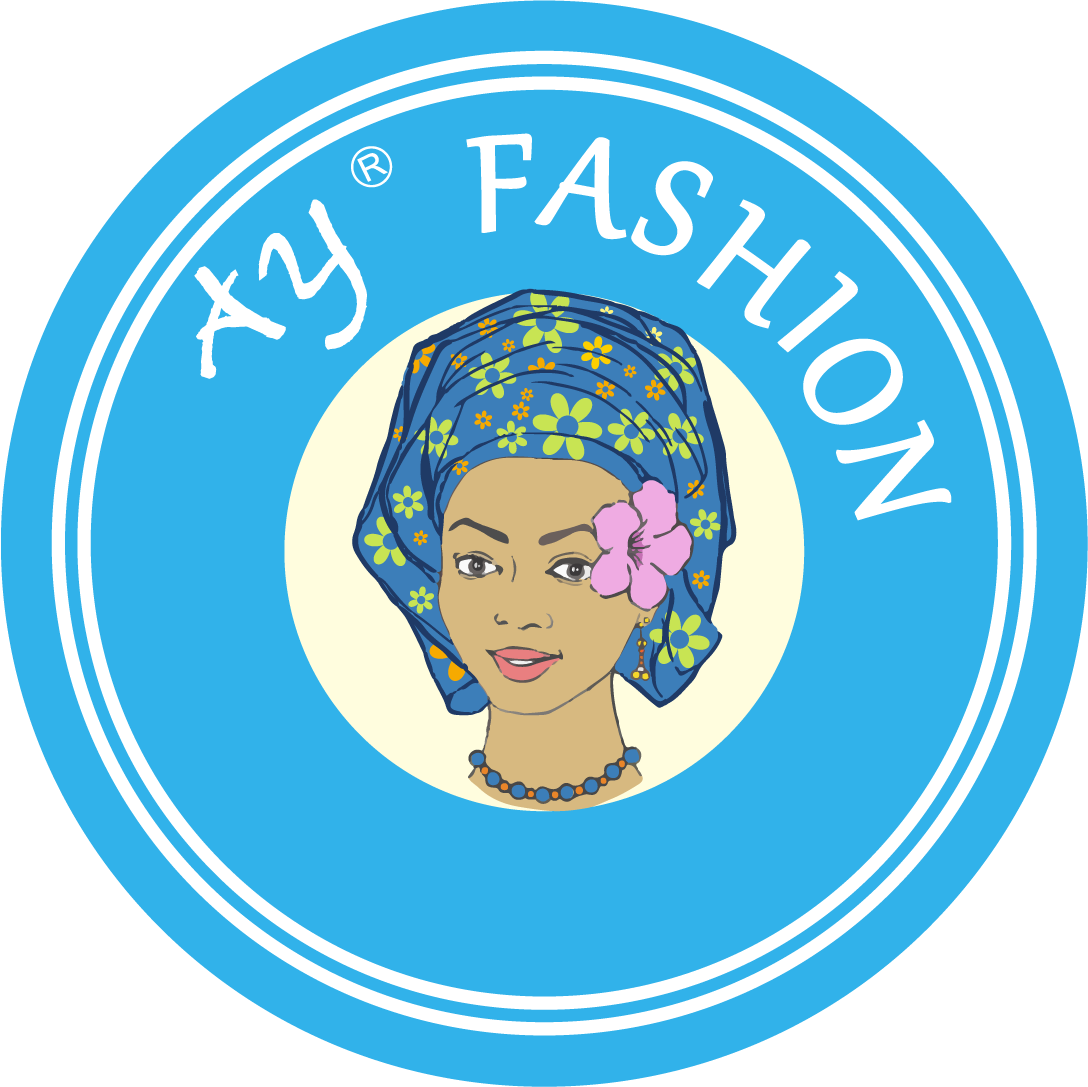Can Turkey's garment manufacturing industry "catch" the changing supply chain?
Release time:
2022-10-22
The always dynamic supply chain advantage.
Under the influence of the epidemic, China's status in the global supply chain system has been re-examined, and the alternative countries in the options may become new beneficiaries.
From a traditional perspective, Cambodia, Vietnam, Indonesia and other Southeast Asian countries that are geographically closer to China are often regarded as the successor to the outward transfer of China's labor-intensive industries. Now, as bilateral and multilateral trade on a global scale is facing a readjustment, some objects that we did not notice before are appearing in the historical options.
Turkey is one of them. Several fashion retailers have already started negotiating inquiries with Turkish companies, according to Reuters interviews with two officials in charge of the field in Istanbul on February 7, 2020. In 2019, the total export value of China's garment industry reached 170 billion US dollars. The head of the Turkish Garment Manufacturers Association predicts that 1% of orders will flow from China to Turkey, which is about 2 billion US dollars.
At present, Turkey is the third largest exporter of knitted garments and the fifth largest exporter of fabrics in the world. For this country whose economic growth is heavily dependent on the growth of foreign trade exports, the garment and textile industry is one of Turkey's important pillar industries.
Due to its unique geographical location, Turkey has always been one of the important clothing wholesale distribution centers on the Eurasian continent. Turkey is the EU's second-largest textile supplier thanks to its European customs union status, which makes its products virtually quota-free and tariff-free in the European market.
In Istanbul's large wholesale markets such as Lalely, Osmanbey and Grand Bazaar, the ready-to-wear business model of a store in front and a factory in the back is common. Their products start from here and flow to Russia, Europe, Turkey and neighboring countries. In addition to purchasing, clothing wholesalers can also visually inspect the trend dynamics and industry trends of market segments.
Turkey's garment and textile industry is not a simple processing industry, but a relatively complete textile and garment industry chain. Under the support of the long history of the textile industry, since the 1960s, Turkey relied on cheap labor and raw materials to undertake a large number of orders from the European and American markets, and gradually developed a modern textile and garment industry.
The government also attaches great importance to supporting the development of the textile industry. In 2015, the Turkish government announced that the textile industry tax will be reduced from 18% to 8%. By contrast, China only announced in 2019 that it would cut its 16 percent value-added tax to 13 percent.

Garment factory in Turkey
Now, Turkey has more than 56,000 textile and garment enterprises, employing about 1.67 million people, and the production capacity is mainly concentrated in three regions: the Marmara region, the Aegean region and the Kucurova region. In addition, Turkey is also an internationally important producer of wool, artificial fibers and cotton. For example, Turkey's lint (cotton fiber from cottonseed) production already reached 806,000 tons in 2018.
The superior geographical location expands the market radiation range and also brings about a faster response speed. For European fast fashion companies such as Zara, Next and Mango, which attach great importance to the speed of the supply chain, they have always regarded Turkey as one of their most important production bases.
In 2018, McKinsey analyst Karl-Hendrik Magnus mentioned in a research report titled "Is Apparel Manufacturing Returning (Europe and America)" that it takes 30 days for garments produced in Southeast Asia to reach Western markets, and from It only takes 3 to 6 days for Turkey to ship to Germany, its first exporter.
For an exporting country, the key factor is also its own monetary policy. After the Turkish lira plunged in 2018, the Turkish lira has lost 36% of its value in the past two years, greatly reducing the cost of production in the country. At the same time, there are millions of refugees from Syria in Turkey, and these cheap labor have once again reduced labor costs in the Turkish garment industry.
In total, Turkey's labor force level and labor supply capacity are at the leading level in the region. As of 2019, Turkey's population has exceeded 84 million. In the long run, Turkey is also a country with a relatively young workforce.
According to a labor force data report released by the Turkish government in July 2010, the population aged 15-49 accounted for 54% of the total population in Turkey at that time, and the population aged 0-14 accounted for 26%. Considering that there is no major war in Turkey at present, 10 years later, most of Turkey's population belongs to the working-age population.
The current President Erdogan is vigorously promoting population growth. In 2013, he introduced corresponding loans and vacations and other incentives, calling on every family in Turkey to have 4 children, and even said that "no Muslim family can accept contraceptives and plans." birth". Currently, the average woman in Turkey has more than 2 children.
At the same time, the educational level of young people in Turkey is relatively high, and most colleges and universities have implemented English teaching and run schools in accordance with the standards of Western universities. In terms of literacy rates, in 2018, 95.6% of Turks aged 15 and over were literate, while the literacy rate for men even reached 98% and the literacy rate for women was 92%. This is much higher than the world average of 86.3% according to UNESCO.
In addition, Turkey's urbanization level is 70% and is growing at a rate of 1.7% per year. This means that most of Turkey's population is concentrated in cities, and the quality of labor is not low, which is very conducive to large-scale economic activities.

2019 Istanbul International Yarn Exhibition, Turkey
From the perspective of industrial talents, Turkish designers have been dealing with European clothing companies for a long time and are familiar with the aesthetic preferences of European consumers for clothing. Most famous Turkish designers spent their early careers in European fashion brand studios, and although their experience in fashion weeks cannot be directly transferred to Turkey's ready-to-wear manufacturing industry, they have inspired a new generation of young people to design your own clothing and products.
Turkey attaches great importance to cultivating the design ability of young people. Some industry associations are actively setting up design competitions. In addition to providing a stage for potential designers to show themselves, they will also provide scholarships to help them go to London, Paris and Milan for further study.
Even if the order is only temporarily transferred, Turkey is a relatively safe choice for EU countries; if Turkey wants to retain these orders for a long time, it needs to maintain a more stable socio-economic environment - this is precisely Turkey's biggest challenge now.
In his pursuit of power, Erdogan is also committed to promoting a revival of conservative forces, an ambitious political strongman who has pushed Turkey into another orbit. The devaluation of the Turkish lira in 2018 mentioned above, although objectively stimulated the prosperity of the export industry, it essentially hurt Turkey’s overall economy, the country has since ended its high-speed economic growth, and reckless economic policies have led to an overall recession. .
At present, Turkey's social contradictions are becoming increasingly prominent, populism is on the rise, inflation and residents' purchasing power have declined significantly. In addition, the tough foreign policy and military risk-taking policy have also caused Turkey's relations with the United States, Russia and other important countries to repeatedly fall into turmoil and crisis, especially the economic and trade relations with the United States are still stagnant. For an economy that is extremely dependent on foreign investment, this The dollar relationship is very dangerous.
Although Turkey's macroeconomy is showing weak signs of recovery after several interest rate cuts - total retail sales have begun to grow, industrial output has grown for four consecutive months - the fragile monetary system and the lack of coordinated recovery policies are all prone to Turkey's economy has suddenly entered into economic overheating, further weakening the value of the currency.
Now Turkey is also facing the challenge of epidemic prevention that is not easy. Three days ago, Turkey closed its border with Iran, halting land and air traffic to Iran, which is already facing an out-of-control outbreak. On the western side of Turkey, Italy, which has close business ties, has also become the most severely affected country in Europe.
Looking back at the best year for Turkey's economy in 2017, a piece of news is also meaningful to read now. Due to the sudden bankruptcy of the Turkish ready-to-wear manufacturer Bravo Tekstil, workers who were owed three months' wages had to quietly slip a note into their own ready-to-wear clothing, which read: "I made this dress you bought, but I didn't get it. remuneration".
Related news

